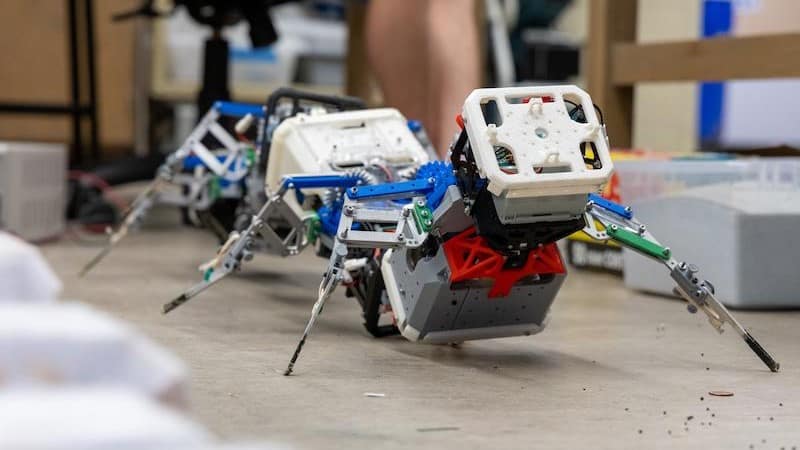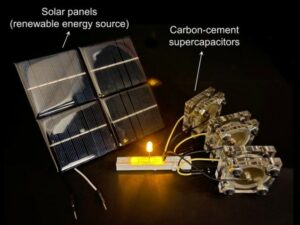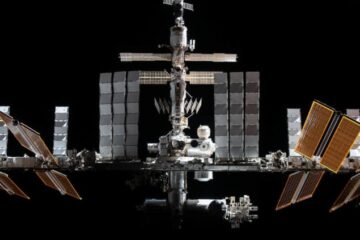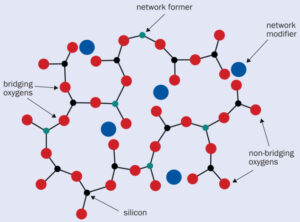
[embedded content]
First up in this week’s Red Folder are robots that have been inspired by the humble centipede and created by researchers at Georgia Tech in the US. You might be wondering why they have gone to the bother of creating a robot with lots of legs, if many animals are happy with having just four – or even two in the case of us humans.
To explore the benefits of many legs, the team developed a new model of multilegged locomotion, which suggested that multilegged robots would be very good at travelling over uneven surfaces. This was predicted to occur even if the some of the legs were “redundant” in the sense that they did not have any independent sensing or control capabilities.
They confirmed this by building robots with redundant legs and you can watch one in action in the above video.
Georgia Tech’s Baxi Chong explains, “With an advanced bipedal robot, many sensors are typically required to control it in real time. But in applications such as search and rescue, exploring Mars, or even micro robots, there is a need to drive a robot with limited sensing. There are many reasons for such sensor-free initiative. The sensors can be expensive and fragile, or the environments can change so fast that it doesn’t allow enough sensor-controller response time.”
Their research is described in Science.
Nappy construction
According to a study done by Siswanti Zuraida at Japan’s University of Kitakyushu, up to 8% of the sand and mortar used to build a house could be made from used disposable diapers that have been cleaned and shredded.
The made their concrete and mortar samples by combining washed, dried, and shredded disposable diaper waste with cement, sand, gravel, and water. The samples were then cured for one month. The sample contained different proportions of diaper waste, which allowed the team to find an optimal blend of materials.
They measured the pressure that the samples could withstand without breaking. This allowed them to calculate the maximum proportion of sand that could be replaced with disposable diapers in a range of building materials that would be needed to build a house.
Today, most disposable diapers are put in landfill or incinerated so this seems like a sustainable use of the material. But as the parent of three (now grown) children, I certainly wouldn’t want to be responsible for washing the diapers.
The team reports its results in Scientific Reports.
- SEO Powered Content & PR Distribution. Get Amplified Today.
- PlatoAiStream. Web3 Data Intelligence. Knowledge Amplified. Access Here.
- Minting the Future w Adryenn Ashley. Access Here.
- Buy and Sell Shares in PRE-IPO Companies with PREIPO®. Access Here.
- Source: https://physicsworld.com/a/multilegged-robots-crawl-over-rough-terrain-building-houses-with-used-diapers/
- :is
- :not
- $UP
- a
- above
- Action
- advanced
- allow
- an
- and
- animals
- any
- applications
- ARE
- AS
- At
- BE
- been
- benefits
- Blend
- Breaking
- build
- Building
- Building Materials
- but
- by
- calculate
- CAN
- capabilities
- case
- certainly
- change
- Children
- chong
- combining
- CONFIRMED
- contained
- content
- control
- could
- created
- Creating
- described
- developed
- DID
- different
- difficult
- Doesn’t
- done
- drive
- embedded
- enough
- environments
- Even
- expensive
- Explains
- explore
- Exploring
- FAST
- Find
- For
- four
- from
- Georgia
- good
- grown
- happy
- Have
- having
- House
- houses
- HTML
- HTTPS
- Humans
- i
- if
- in
- independent
- information
- Initiative
- inspire
- inspired
- issue
- IT
- ITS
- Japan’s
- jpg
- just
- legs
- like
- Limited
- made
- many
- mars
- material
- materials
- maximum
- might
- model
- Month
- most
- Nature
- Need
- needed
- New
- now
- of
- ONE
- optimal
- or
- over
- Physics
- Physics World
- plato
- Plato Data Intelligence
- PlatoData
- predicted
- pressure
- proportion
- put
- range
- real
- real-time
- reasons
- Red
- replaced
- Reports
- required
- rescue
- research
- response
- responsible
- Results
- robot
- robots
- SAND
- Science
- Search
- seems
- sense
- sensors
- So
- some
- Study
- such
- sustainable
- team
- that
- The
- their
- Them
- then
- There.
- they
- this
- three
- thumbnail
- time
- to
- true
- two
- typically
- university
- us
- use
- used
- very
- Video
- want
- was
- washing
- Waste
- Watch
- Water
- were
- which
- why
- with
- without
- wondering
- world
- would
- you
- youtube
- zephyrnet












